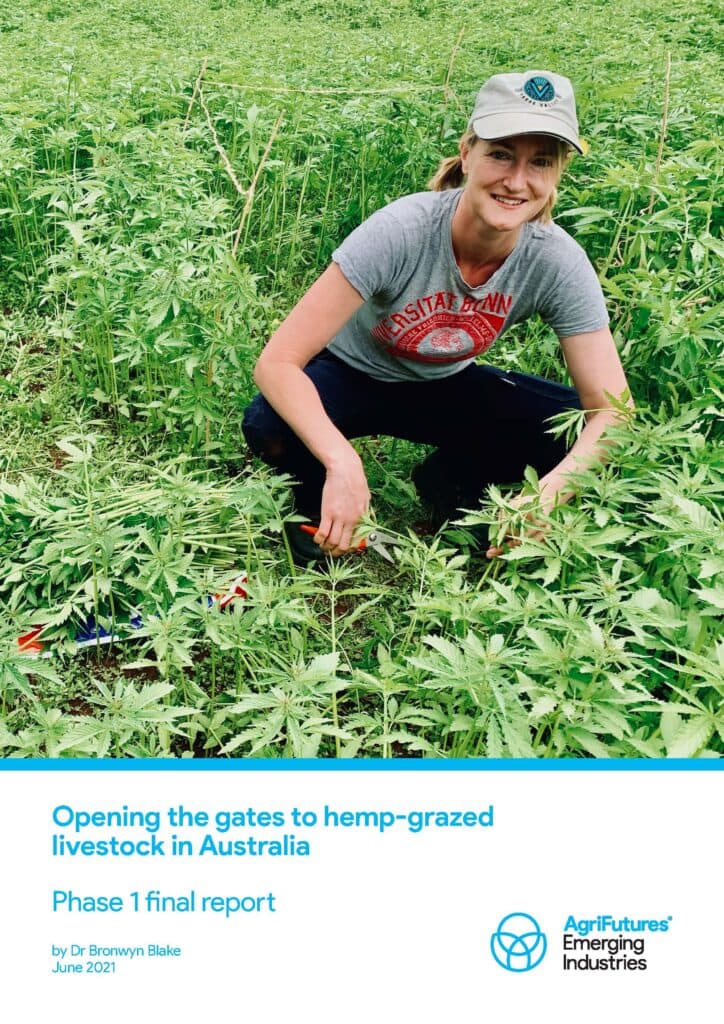Impact case study: Hazelnut investments give confidence to new growers
Australia’s peak hazelnut industry body says the number of growers in Australia is steadily increasing, as ongoing research and development efforts give potential new entrants...

32 pages
Published: 20 Dec 2021
Author(s): Dr Bronwyn Blake
ISBN: 978-1-76053-231-4
Download report PDF
DownloadPurchase a hard copy - AUD $50
In Australia, current regulation states that a contaminant such as tetrahydrocannabinol (THC), the psychoactive compound in cannabis, cannot be present in supplied animal products unless Food Standards Australia and New Zealand (FSANZ) has set a safe allowed level (a ‘maximum level’) for the contaminant, and the contaminant does not exceed that level. FSANZ has not set a maximum level for THC in animal products due to lack of data. Work in this area is critical to progressing regulation and allowing hemp to be used as a livestock feed in Australia.
Very little data exists on hemp biomass (stalk, leaf, flower) as a forage for ruminants, yet the high biomass yield from this crop is one of its assets. Hemp plants can deliver an estimated 5-15 t biomass/ha of potential forage material in critical forage-deficit periods for ruminants. However, regulating bodies are currently unable to draw conclusion on the use of hemp biomass-derived feed materials due to lack of occurrence data.
The primary aim of this research was to understand the suitability of whole-plant hemp as a forage for ruminants. Phase 1 was designed as a pilot study, and investigated nutritional value, animal performance and cannabinoid residues of sheep receiving full ration pellets containing two inclusion levels of hemp stubble.
The results of Phase 1 (this project) have led to the development of a Phase 2 project. In Phase 2, data will provide valuable insight into the half-life of THC in sheep and cattle, and the rate of elimination of THC from various tissues.